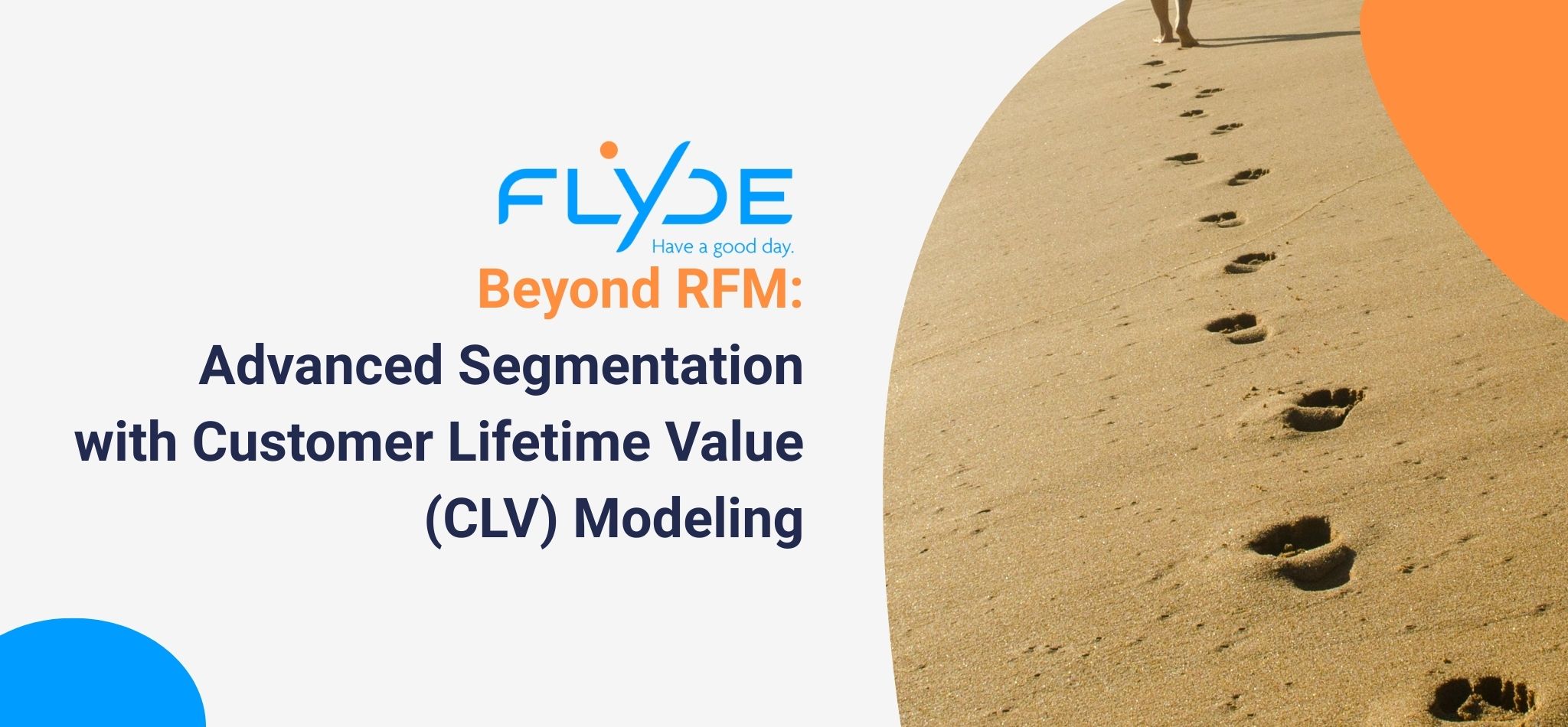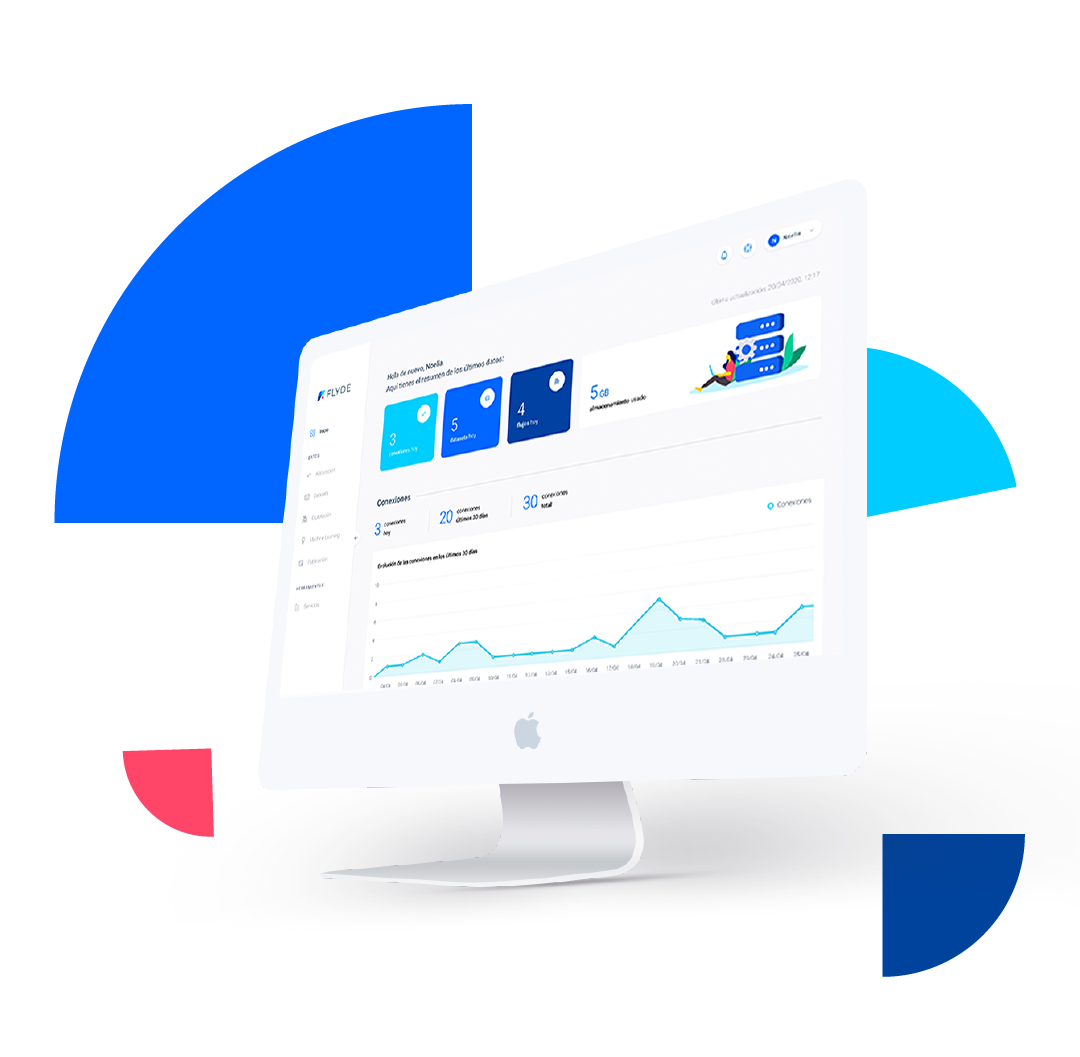
In the world of customer analytics, RFM analysis has long been a favorite for segmenting customers based on their Recency, Frequency, and Monetary behaviors. While RFM provides a solid foundation, many businesses are looking for more advanced segmentation techniques to capture the full picture of customer behavior. One such method is Customer Lifetime Value (CLV) modeling, which estimates the total revenue a customer is likely to generate over their entire relationship with your brand.
In this post, we’ll explore how CLV modeling works, its benefits, and how it complements—or even surpasses—traditional RFM analysis.
WHAT IS CUSTOMER LIFETIME VALUE (CLV)?
Customer Lifetime Value (CLV) is a prediction of the net profit attributed to the entire relationship with a customer. CLV is forward-looking. It allows marketers to estimate not only who your best customers are today, but also who will be most valuable in the future.
Key Components of CLV:
- Purchase Frequency: How often a customer is expected to buy.
- Average Order Value: The typical value of each transaction.
- Customer Lifespan: The estimated duration of the relationship.
- Profit Margin: The profitability of each sale.
By incorporating these elements, CLV modeling provides a dynamic and comprehensive view of customer value.
WHY MOVE BEYOND RFM?
RFM analysis is great for quick segmentation, but it has its limitations:
- Historical Focus: RFM is inherently backward-looking. It categorizes customers based on past behavior without necessarily predicting future potential.
- Lack of Predictive Power: While RFM can identify segments, it doesn’t forecast future revenue or profit, which is essential for long-term planning.
- Simplistic Assumptions: RFM treats all transactions equally, ignoring nuances like evolving market conditions.
CLV modeling, on the other hand, addresses these gaps by providing actionable insights into future customer value.
HOW TO IMPLEMENT CLV MODELING FOR ADVANCED SEGMENTATION
- Data Collection and Integration: Start by gathering comprehensive customer data—transaction histories, behavioral data, and engagement metrics. A Customer Data Platform (CDP) like FLYDE can integrate data from multiple sources, ensuring you have a unified view of customer interactions.
- Define the CLV Model: Start by selecting a CLV model that aligns with your business goals and data maturity. The most common approaches include:
- Historical CLV: Based on past purchase behavior, this model helps estimate future value using existing transaction data.
- Predictive CLV: Uses statistical or machine learning techniques to forecast future customer value based on historical trends, behavioral signals, and engagement patterns.
At FLYDE, we use a hybrid approach—combining both historical and predictive modeling to get the best of both worlds. Historical CLV powers real-time calculations, giving you an up-to-date view of current customer value. Predictive CLV goes further, projecting customer value over 6, 12, 18, and 24 months to support long-term planning and proactive engagement strategies.
- Segment Based on CLV: Once you have calculated the CLV for each customer, you can segment your audience into groups such as:
- High CLV Customers: Your most valuable customers deserve personalized engagement and loyalty programs.
- Mid-Tier Customers: Those with moderate potential who could be nurtured to increase their value.
- Low CLV or At-Risk Customers: Customers who might require re-engagement strategies or cost-effective campaigns to improve retention.
- Tailor Marketing Strategies: With your segments defined, develop targeted strategies for each group. For instance:
- High CLV: Offer exclusive deals, early access to new products, or premium support.
- Mid-Tier: Encourage upsells and cross-sells through personalized recommendations
- Low CLV: Implement re-engagement campaigns or educational content to drive increased interaction.
- Measure and Refine: Use performance metrics such as conversion rates, retention rates, and overall revenue growth to continuously evaluate your CLV segments. Regularly update your model with fresh data to keep your segmentation relevant.
THE BENEFITS OF CLV-BASED SEGMENTATION
- Resource Optimization: By focusing on high-value customers, you can allocate your marketing budget more effectively.
- Enhanced Personalization: Tailored messaging based on predicted future value fosters stronger customer relationships.
- Improved Forecasting: CLV modeling provides a forward-looking view that helps in strategic planning and setting realistic growth targets.
- Customer-Centric Strategies: Understanding customer potential allows you to design loyalty programs and re-engagement strategies that resonate with each segment.
While RFM analysis offers a quick snapshot of customer behavior, advanced segmentation through Customer Lifetime Value modeling provides insights that drive long-term success. By predicting future customer value and tailoring your marketing strategies accordingly, you can maximize ROI, enhance customer satisfaction, and build sustainable growth.
WHY FLYDE?
Embracing advanced segmentation with CLV modeling can transform your customer engagement and drive sustainable growth. FLYDE’s CDP automates data collection and integration from various touchpoints, providing a comprehensive view of customer interactions necessary for accurate CLV calculations.
Do you want your company to move on to the next level? A CDP is the key tool that will allow you to maximize the potential of your data and grow your business. Having control over all your data is now very simple.
Moreover, if you do not have IT or Data Scientist teams, this tool will allow you to outsource this function. And if you have them but want to reduce their workload and give more autonomy to your marketing and business teams when it comes to working with data, implementing an easy-to-use CDP would be the best option for your company. It will allow any single member of your company to use it, as this softwares are prepared for them.
Start taking control of your data today.
Schedule a meeting with one of our experts and discover how FLYDE can help your company achieve its goals.


